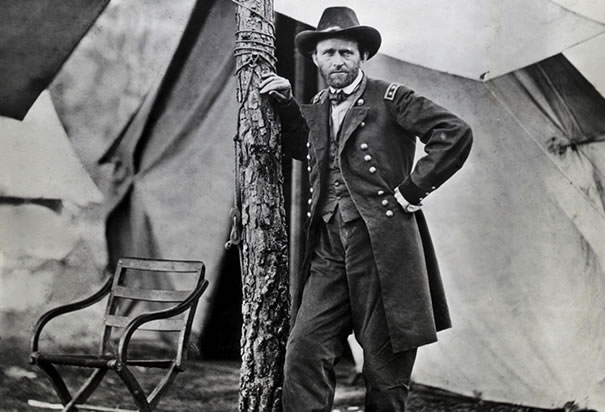
Following his reelection in 1864, President Lincoln had begun planning for Reconstruction or rebuilding of the United States. He wanted to reunite the nation as quickly as possible and to have the people of the South treated as equals.
The fate of slavery in the border states and the legal status of African Americans were two important questions that needed to be answered. Lincoln understood that only by changing the Constitution could slavery be eliminated once and for all. During Lincoln's last few months in office he saw the passage of the 13th Amendment which made slavery unconstitutional and the creation of the Freedmen's Bureau to assist former slaves.
To allow for Southern states to rejoin the Union in a speedy manor, Lincoln's advocated a plan known as the 10% plan for Reconstruction. Since 1860 was the last national election that all the states in the Union took part in, the plan called for 10% of the population of 1860 to take a loyalty oath to the Union. Once that 10% was established, a former Confederate state could establish a new state constitution and be readmitted into the Union. Lincoln also believed that it was essential to offer amnesty or an official pardon to southerners for participating in a rebellion.
Lincoln's Ten Percent Plan was not well received by Congress. They accused the President of overreaching his authority, claiming that he did not have the power to readmit Southern states but that only Congress could. Many northerners felt that Lincoln was being to lenient on the South and wanted the President to enact harsher penalties on Southern states and former members of the Confederacy.
Homework for tonight:
1. Finish today's classwork on the different plans for Reconstruction.
2. "O Captain My Captain" creative assignment is due on Thursday, May 2nd.





